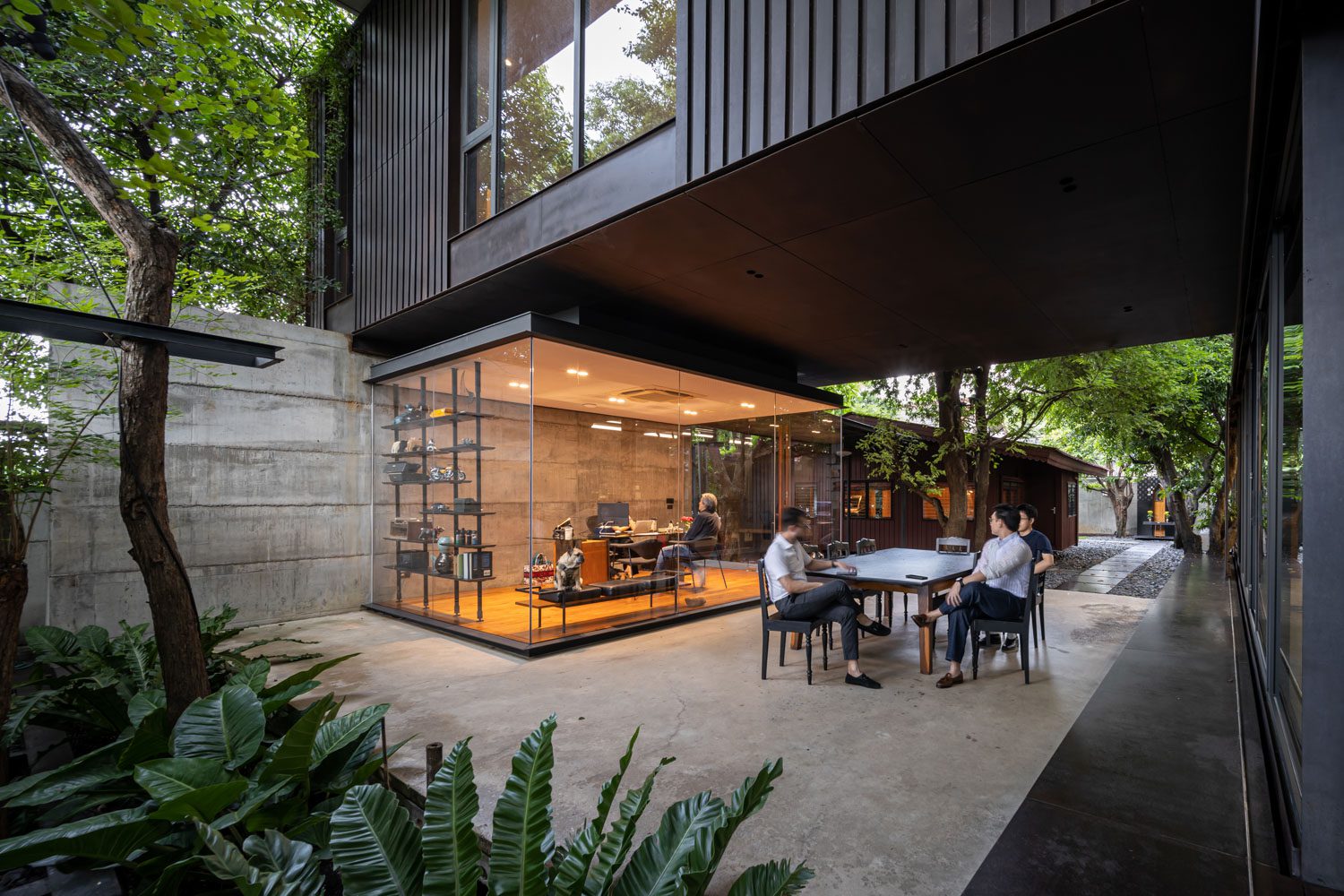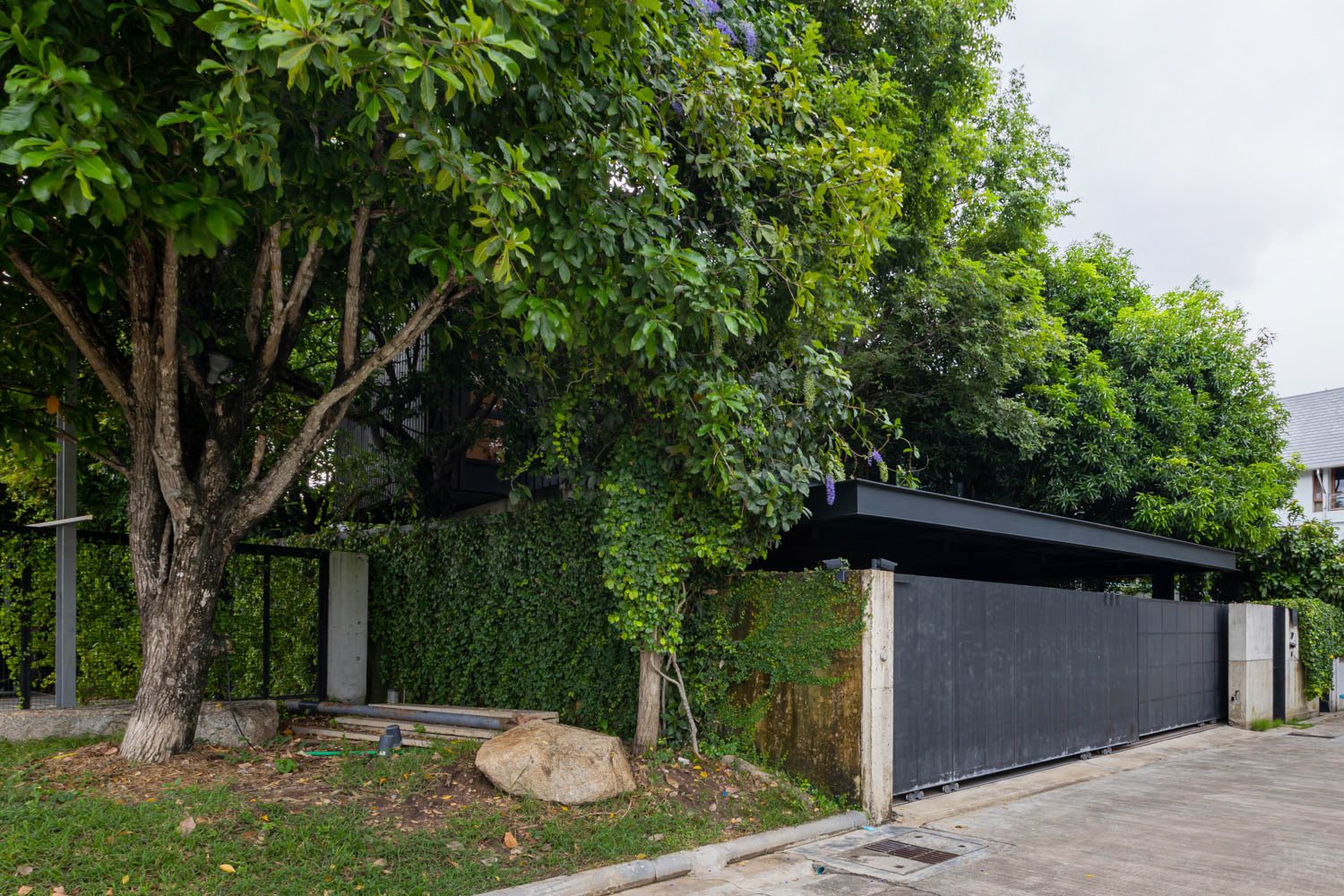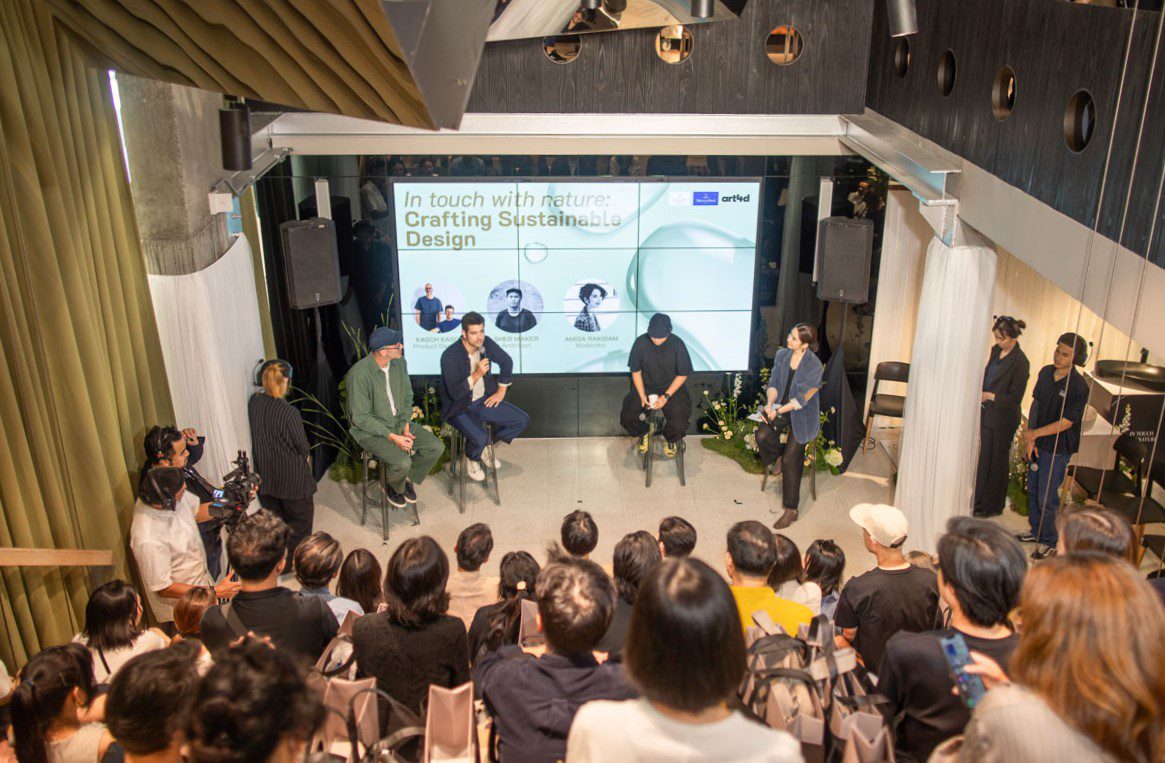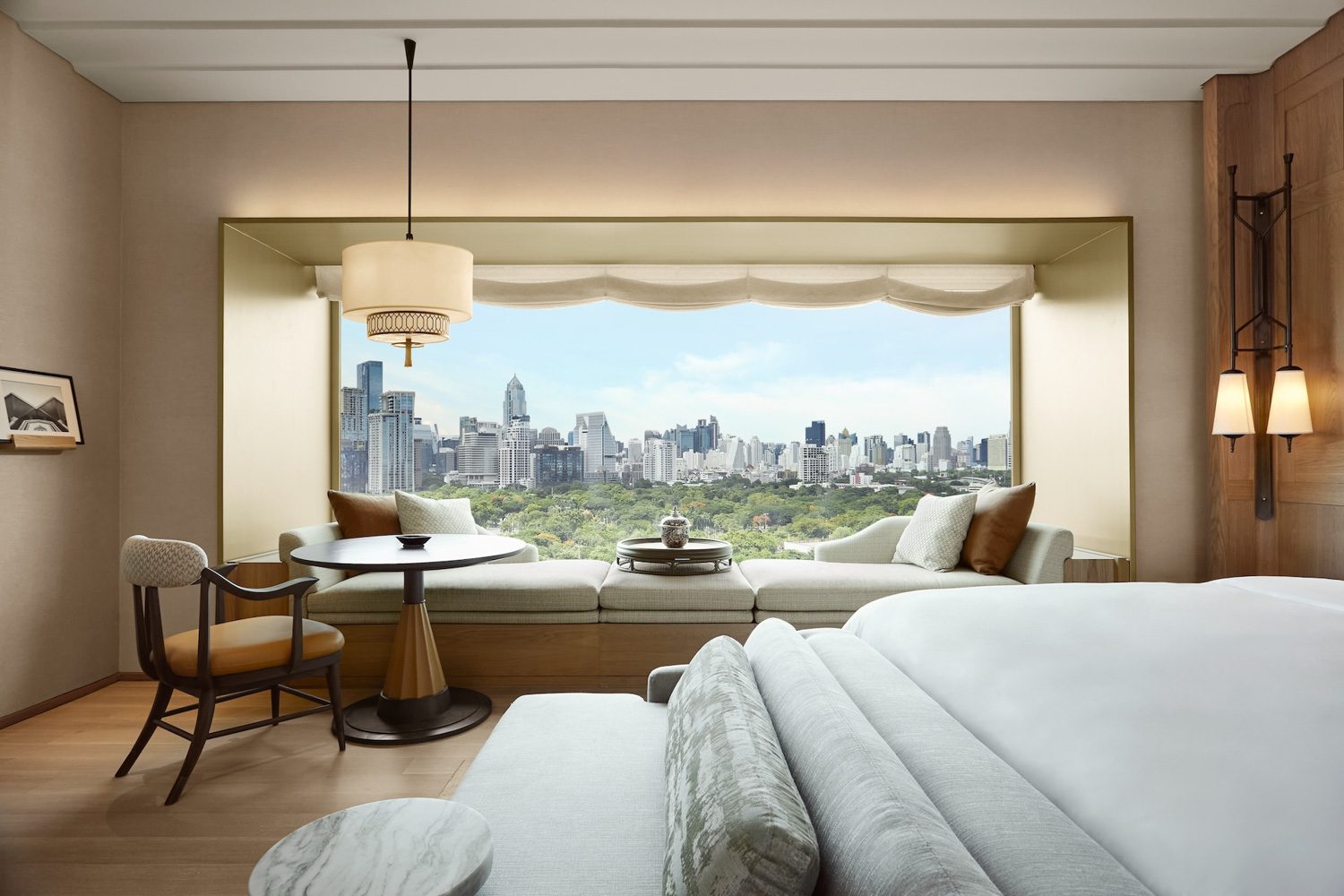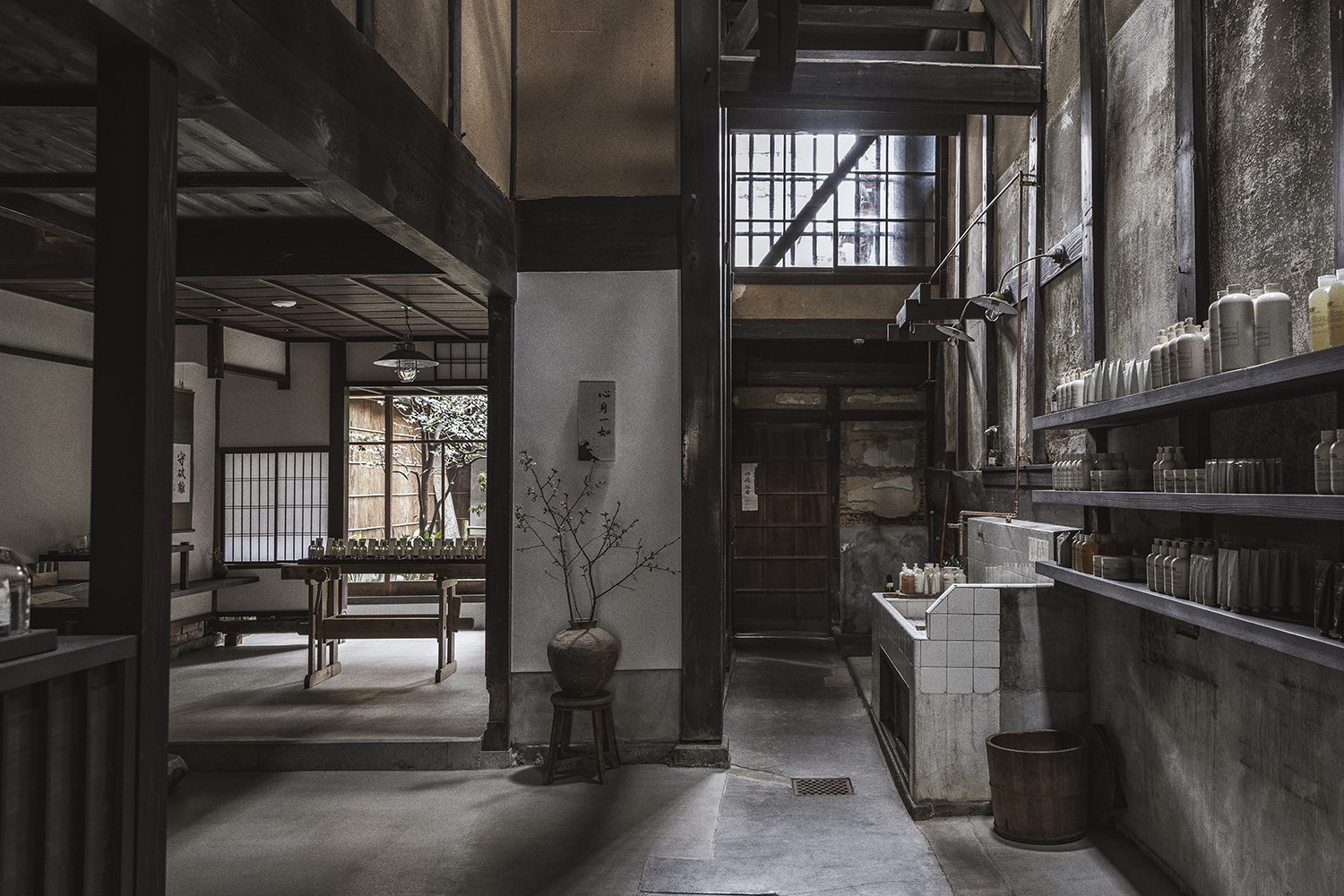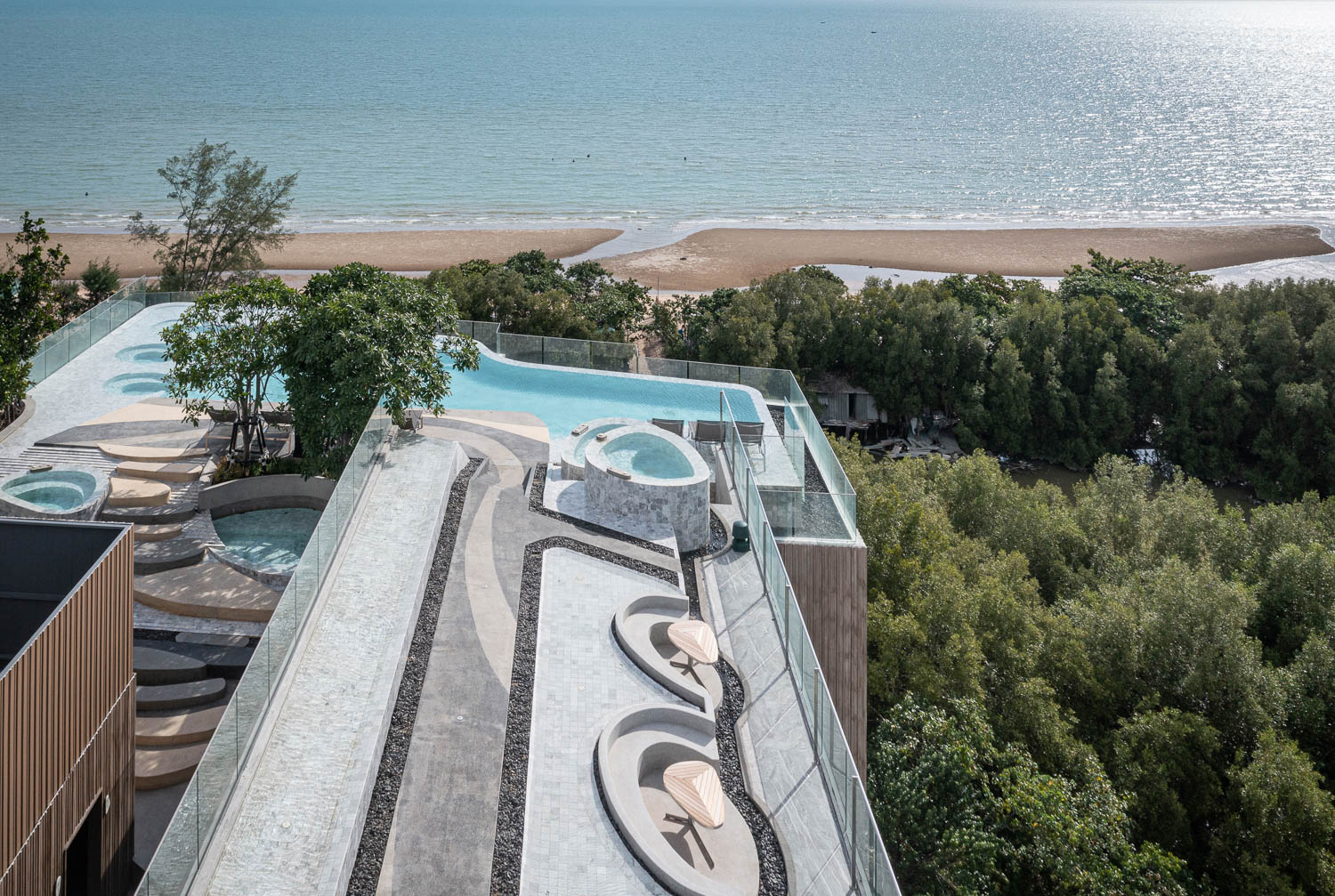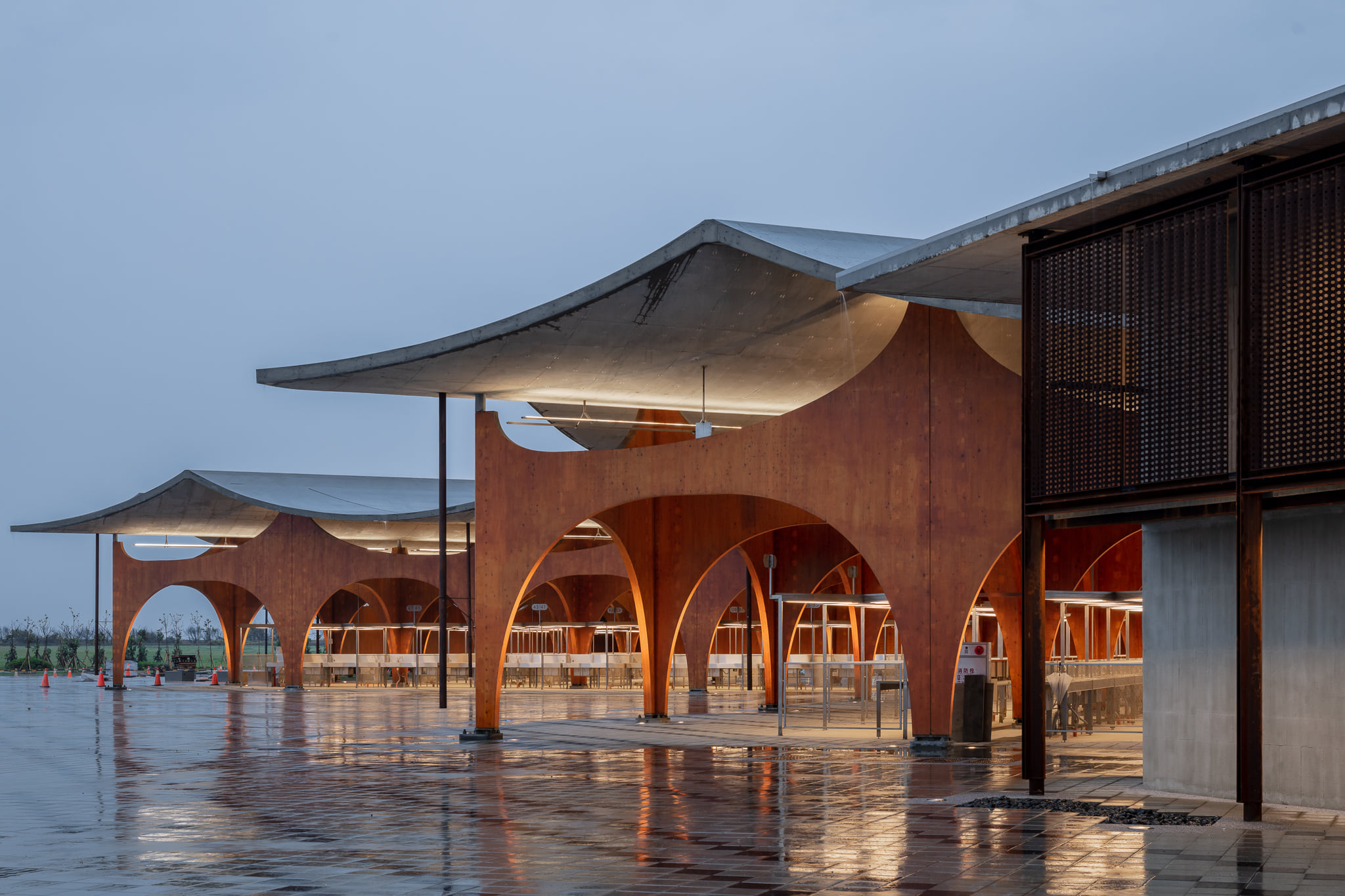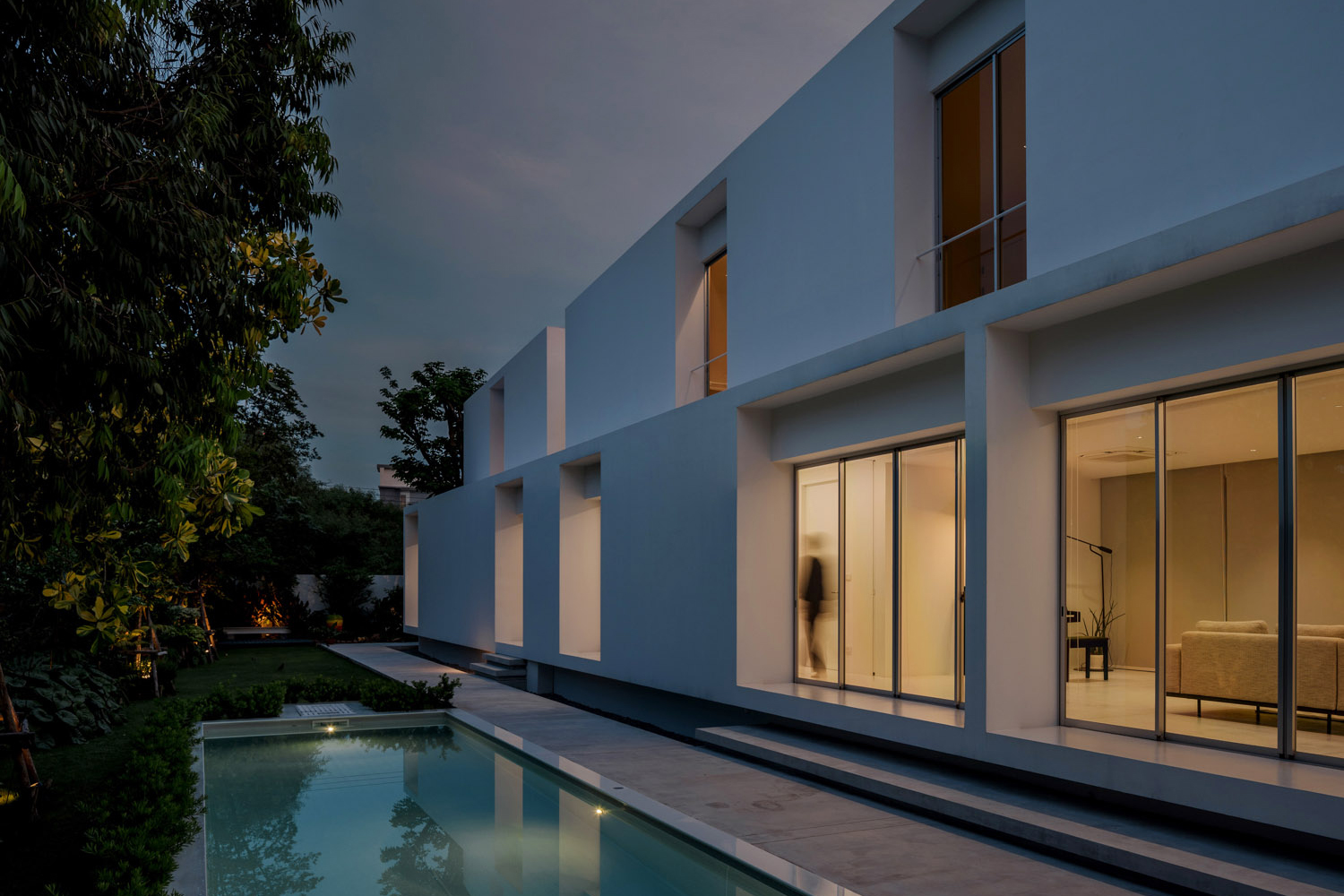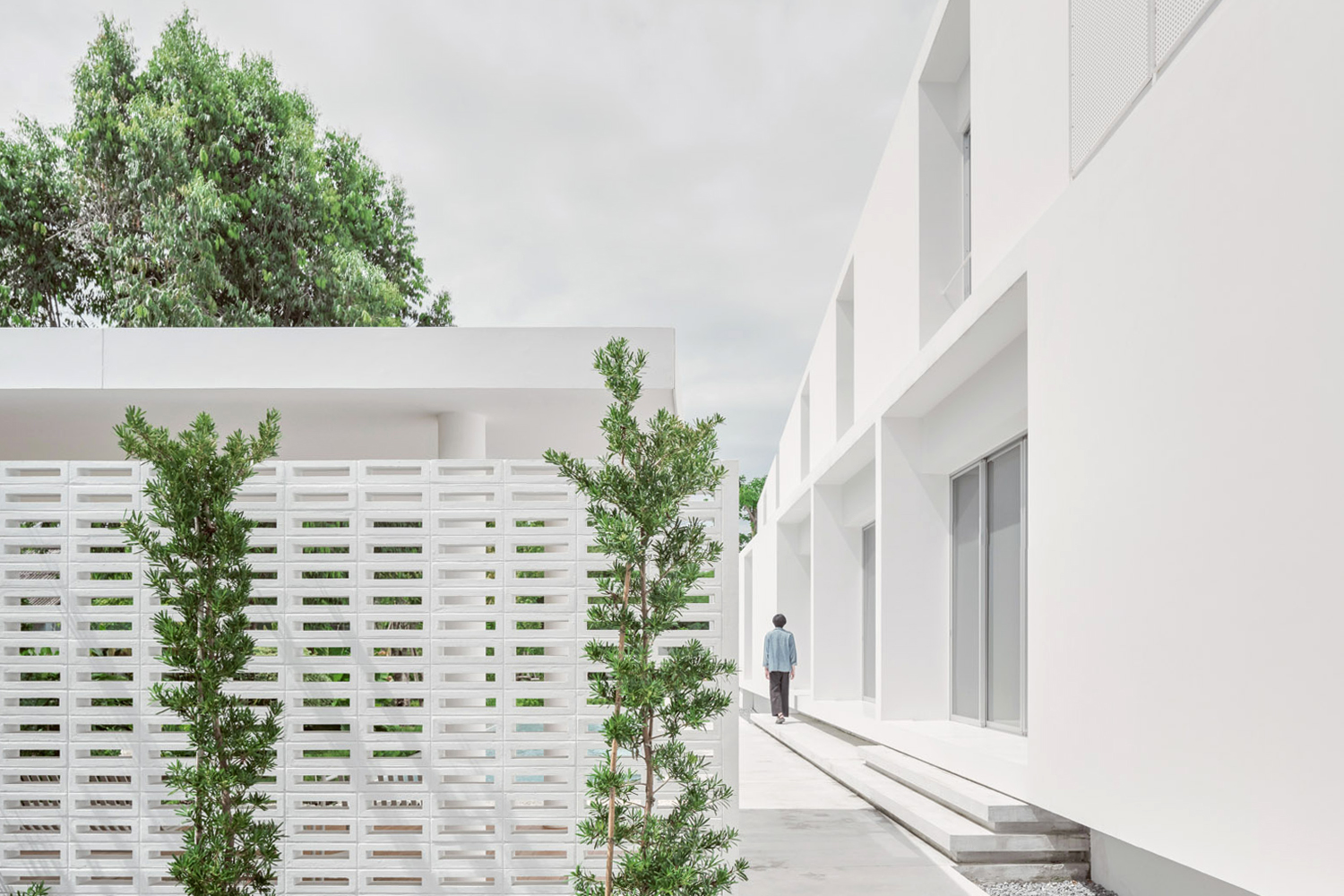Tag: design
IN TOUCH WITH NATURE: CRAFTING SUSTAINABLE DESIGN
EXPLORES ANOTHER ASPECT OF WORKING WITH NATURE THROUGH A TALK EVENT INVITING TWO STUDIOS, KASCHKASCH AND SHER MAKER, TO ENGAGE IN CONVERSATION AND EXCHANGE EXPERIENCES IN SUSTAINABLE DESIGN
DUSIT THANI BANGKOK
DUSIT THANI BANGKOK HOTEL HAS BEEN NEWLY REIMAGINED UNDER THE CONCEPT ‘AN ICON REIMAGINED,’ BLENDING TRADITIONAL THAI ELEMENTS WITH MODERN FUNCTIONALITY. READY FOR GUESTS TO EXPERIENCE A FRESH PERSPECTIVE OF BANGKOK
LE LABO KYOTO MACHIYA
THE LE LABO FLAGSHIP STORE IN KYOTO DESIGNED BY SCHEMATA ARCHITECTS, SEEKS TO HARMONIZE THE CHARM OF TRADITIONAL JAPANESE DESIGN AND THE HISTORY OF THE BUILDING WITH A MODERN AESTHETIC
SINGAPORE DESIGN WEEK 2024: DESIGN FUTURES FORUM
INTRODUCING DESIGN FUTURES FORUM THAT WILL DELVE INTO THREE MAIN THEMES: EMERGING TECHNOLOGY, SUSTAINABILITY, AND CARE, LETTING US EXAMINE THE ROLE OF DESIGNERS IN TODAY’S HIGHLY COMPLEX WORLD, ADVOCATING FOR INTERDISCIPLINARY COLLABORATION
INTERNATIONAL PROGRAMME IN COMMUNICATION DESIGN, FACULTY OF ARCHITECTURE, CHULALONGKORN UNIVERSITY

COMMDE CHULALONGKORN UNIVERSITY HIGHLIGHTS SEVEN VISUAL COMMUNICATION DESIGN THESIS PROJECTS
AAU 25+25: THE ROAD AHEAD
GAIN INSIGHT INTO THE DIRECTIONS OF ARCHITECTURE AND DESIGN FROM PEOPLE ASSOCIATED WITH THE SCHOOL OF ARCHITECTURE AND DESIGN AT ASSUMPTION UNIVERSITY THROUGH THE 25TH ANNIVERSARY CELEBRATION BOOK
VVDESINE LANDSCAPE ARCHITECTURE
A LANDSCAPE ARCHITECTURE DESIGN STUDIO, IS DEDICATED TO BALANCING GENTLE, ORGANIC TOUCHES WITH STRUCTURED, DEFINED ELEMENTS TO CREATE A SPACE THAT IS APPEALING TO MULTIPLE SENSES OF USERS
SPARKLING MARKET
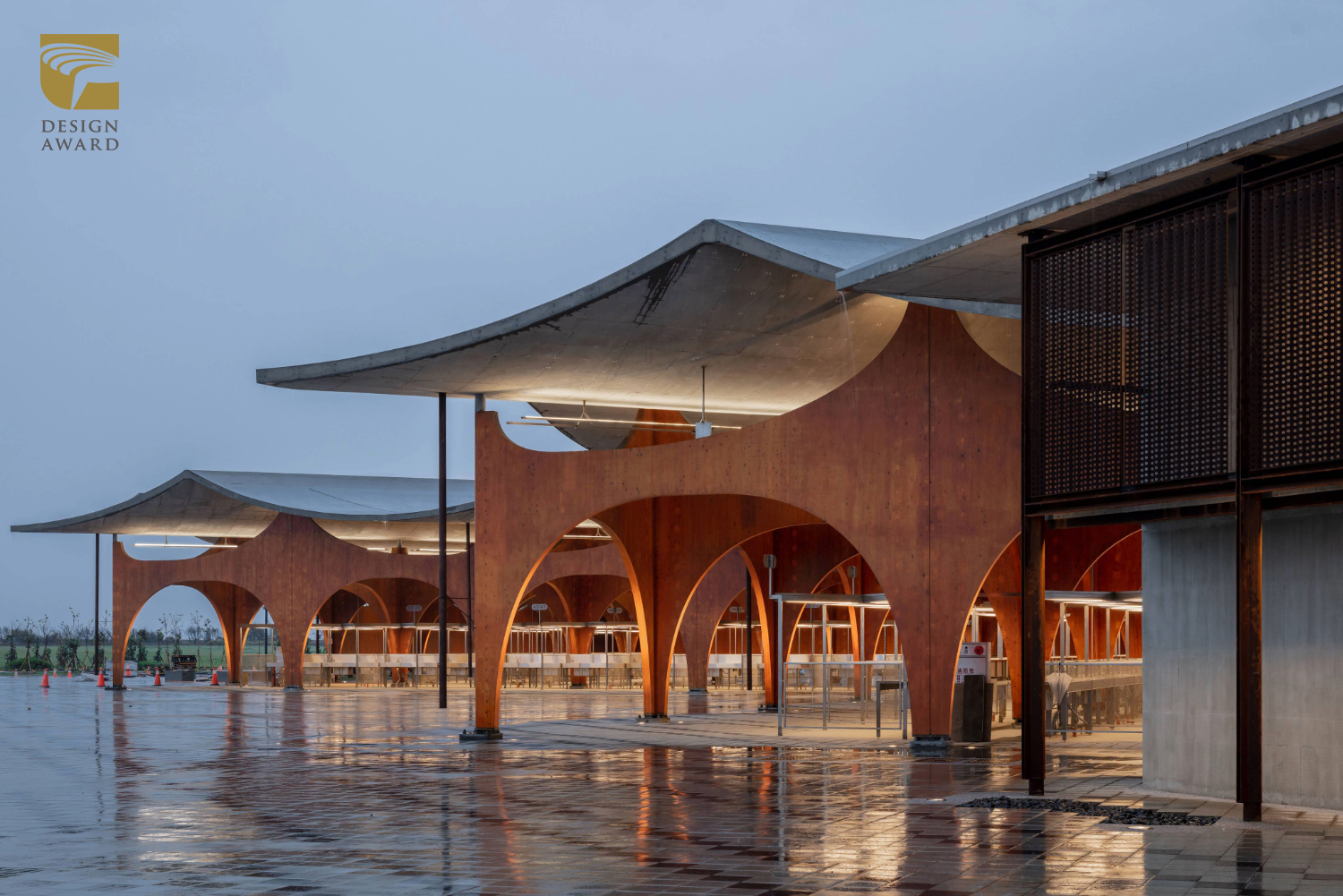
Photo courtesy of Golden Pin Design Award

